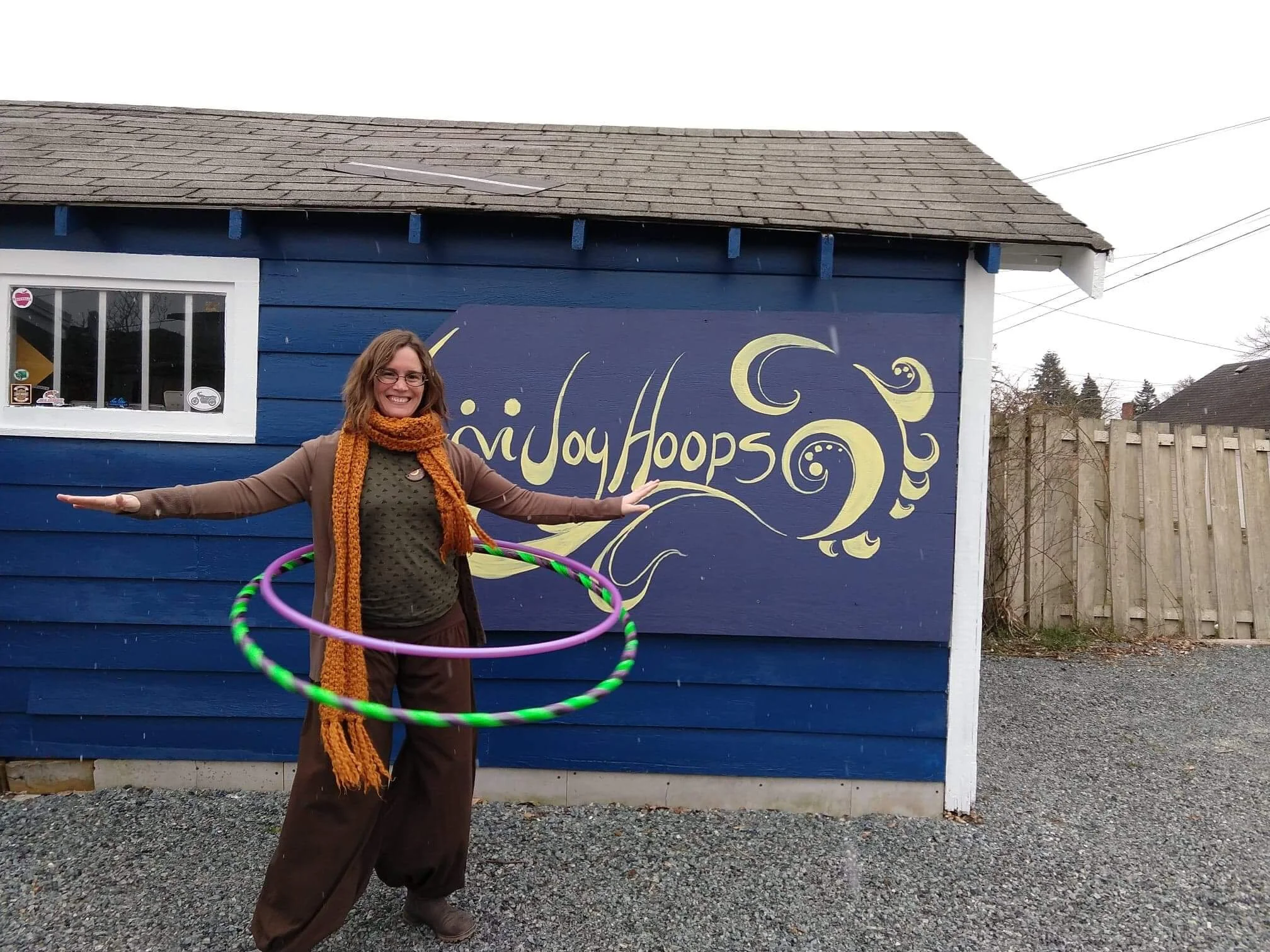What is it about handmade hoops?
You may have seen hula hooping recently at a festival or on Instagram, or maybe even on TV where a famous hula hooper was brought on stage and they gave a demonstration. They probably talked about how hoops aren’t just for kids—which is true! Hoops can be made in a variety of sizes, which makes it achievable for a broad range of ages! Maybe you find yourself saying “I haven’t hooped since I was a kid!”, and while cruising the aisles at your department store, and when no one was looking you might’ve picked up one of the hula hoops from the toy aisle and gave it a noisy rattling spin, only to have it come crashing to the ground and catch the attention of a nearby employee. Maybe it left you feeling defeated. Stop there. Those are “toy” hoops, and they are sized for children. Did you happen to notice how many bent-up and kinked hoops there were shoved back on the peg? THIS IS WHY HANDMADE HOOPS ARE A THING!
While there are several different types of material used to make handmade hoops, the best quality materials are used to make your hooping journey a success. They aren’t just made for single occasions, they are made for your physical longevity and health, they are made to free your joints and welcome in movement, maybe even creative dance. They are created for you as practice tools should you decide to pursue a career as a performer. They are made for kids, and they are made to last years, to the point that you could even watch your children outgrow their hoops. We’ve seen children with autism connect with their circles, as it gives them something to focus on, and it helps their motor skills and confidence. We’ve seen folks in their 70’s pick up a hoop with doubt, only to discover that they can still hoop after all this time (Like riding a bicycle, right?), and their smiles!!! They are the best! Their happiness and joy in the activity of hula hooping is what keeps us at it.
We hope you give these circles a spin too, the fun in hooping is meant to be shared!


